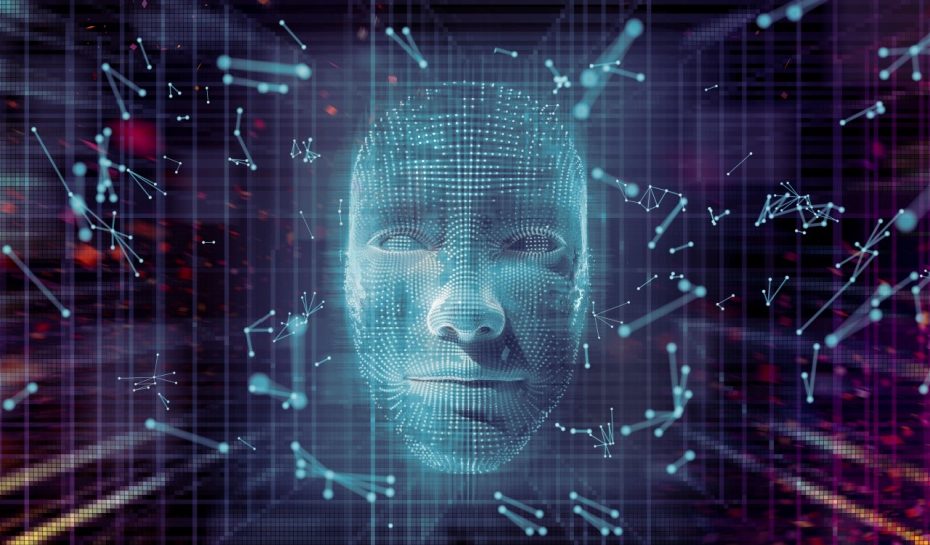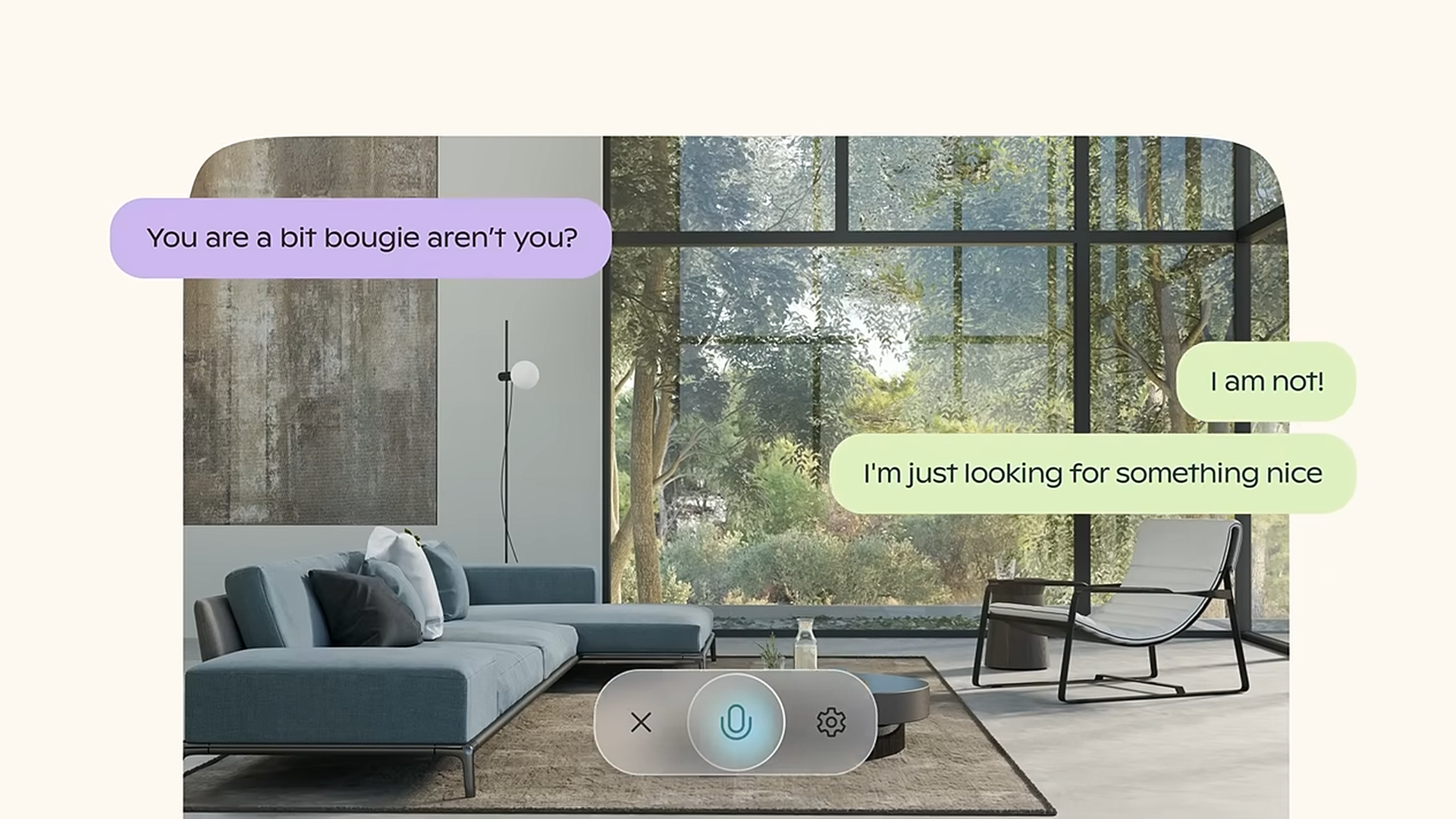Organizations – on average – refresh their enterprise device portfolios once every four years. However, this timeline, for many, went out the window – for want of a better phrasing – in the face of the Covid-19 pandemic, and the pressing need to equip then remote workforces with devices that were suitable for what we thought at the time might be a short stint of remote working.
That was, now, four years ago – and the world of work has changed infinitely – or at least, in three key ways.
1. Businesses and their employees are working in different ways. Many now need devices which are powerful enough to work remotely, but also lightweight enough to carry on the commute.
2. Support for Windows 10 will end in October 2025, and many businesses are deciding whether to invest in virtualization, or devices which are Windows 11 compatible.
3. AI continues to reimagine what is possible within the workplace. Keeping pace with rapid technological innovation – and making sure your devices are future fit and future secure – are increasingly significant challenges.
Ultimately, budgets for device estate upgrades are finite and likely to not be replenished for four years, or so. So, organizations need to ensure that their devices are fit for their current working model, but are also capable of keeping pace with the evolution of your business over the next four years.
AI is a great example of what this looks like in practice.
What do we mean by an AI PC?
When it comes to AI, we are talking about a step change in the way that we work, and how we use technology. For a device purchased today to be fit for use for the next four years – it needs to be able to efficiently run AI-powered tools. AI PCs are much discussed – but the mechanics under the hood of some AI PCs are specifically built to work in the way that AI works. These devices are designed to empower employees with the speed, and versatility they need to work from anywhere, anytime – with AI as an augmenting partner.
To put it bluntly, there’s a risk for those who opt to invest in traditional PCs in their upcoming refresh cycle – that they may not be able to reap the full benefits of new AI tools and technologies. This could leave them lagging competitors, employees feeling disengaged (more on this below), and – potentially – force IT decision makers (ITDMs) to invest in an out of cycle upgrade to their device estates, putting the company at a financial disadvantage.
Beyond the finances, what we’re seeing, however, is that there is clear demand from employees to be set up for success when it comes to AI – which in of itself, is a critical steer as to where to focus technology investment. According to a recent research report commissioned by Microsoft, ‘The AI + Talent Equation’, 60% of employees who are looking to change employer say they would stay longer if their current company enabled them to develop more digital skills. The report also shows that younger generations are more likely to switch jobs or careers to future proof their skills and prospects in an AI-driven world.
The digital skills challenge
AI and AI PCs are not only tools for automating tasks, but also proven catalysts of new ways of working. A lot of the skills needed to leverage them are intuitive – and rooted in natural language. However, there is a new range of skills and behaviors which need to be identified, encouraged, and enabled. For example, to use AI to the best of its potential, its essential that users know how to build effective prompts, and when to supercharge their workflow with an AI-powered tool. However, many employees lack the confidence and training to use AI in their day-to-day work and adapt to changing roles and expectations.
This has implications for talent retention and career satisfaction, especially for younger employees. The research report mentioned above also found that only 36% of employees feel they have the skills needed to leverage AI in their day-to-day work, with this figure dropping to 24% for Gen X. Whilst this stat increases to 56% of Gen Z, one in two Gen Z workers (50%) say they’re taking active steps to future proof their careers. The youngest working generation are also twice as likely (41%) to be planning to switch companies, specifically to future proof their career than the average employee (19%).
How to make AI work for your business and your people
Importantly, however, there are a multitude of ways in which AI and AI PCs can help businesses and employees realize the future of work, and leverage AI as a retention tool. But, it requires a strategic approach that aligns technology, skills, and culture. Here are some of the steps that I would recommend to ITDMs.
Provide employees with access to training and resources that can help them develop their digital skills and confidence in using AI. And, the good news is, AI can help here. Online training platforms allow employees to access personalized and interactive learning paths that can teach them how to use AI in their work. For example, we offer a course on the fundamentals of Gen AI, which explores the way in which language models enable AI applications and services to generate original content based on natural language input.
Another key step is to foster a culture of learning and innovation that encourages employees to experiment with AI, share their ideas and feedback, and collaborate across teams and functions. Host weekly breakout sessions and encourage employees to share their learning and challenges with AI to foster an environment that celebrates AI. Kick off a central resource which hosts the best prompts, access to the best copilots, and examples of outputs.
In addition to fostering a culture of learning and innovation, and providing employees with training and resources, ITDMs should also work with the C-Suite and HR Leads to ensure everyone understands the role tech is playing in talent retention.
Given the fast pace of AI innovation and the competitive landscape of the modern workplace, it is vital that employers equip their employees with the best tools and opportunities to leverage AI in their work. Otherwise, they risk losing their talent to other organizations that are more forward-thinking and agile in adopting AI. Employees today want to work for companies that empower them to grow their skills and career prospects, and that recognize the value of AI as a driver of business transformation and employee satisfaction. By investing in AI-ready devices, such as AI PCs, and providing training and support for AI tools, employers can show their commitment to their employees and their future.
We’ve featured the best AI phone.
This article was produced as part of TechRadarPro’s Expert Insights channel where we feature the best and brightest minds in the technology industry today. The views expressed here are those of the author and are not necessarily those of TechRadarPro or Future plc. If you are interested in contributing find out more here: https://www.techradar.com/news/submit-your-story-to-techradar-pro
TechRadar – All the latest technology news



